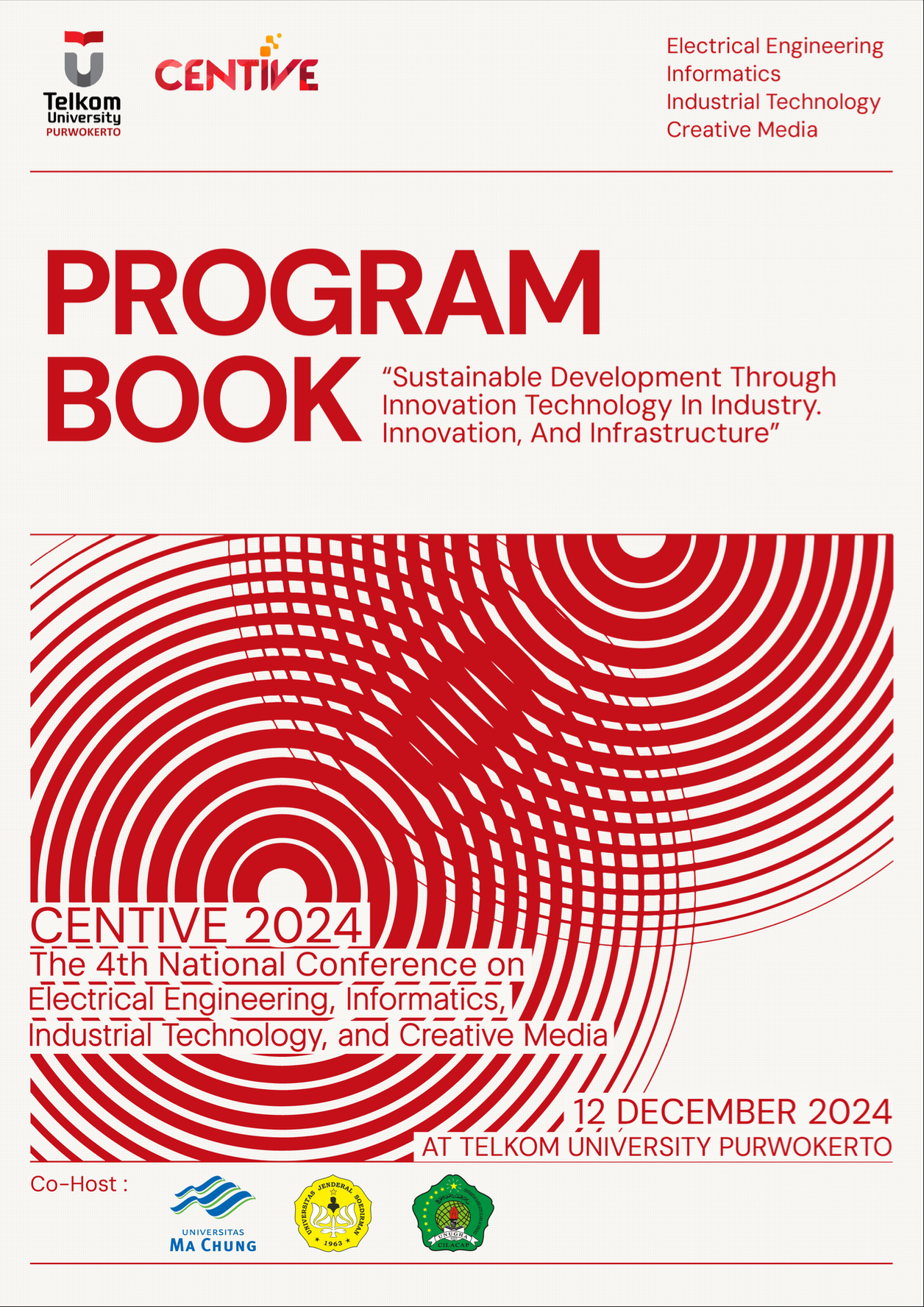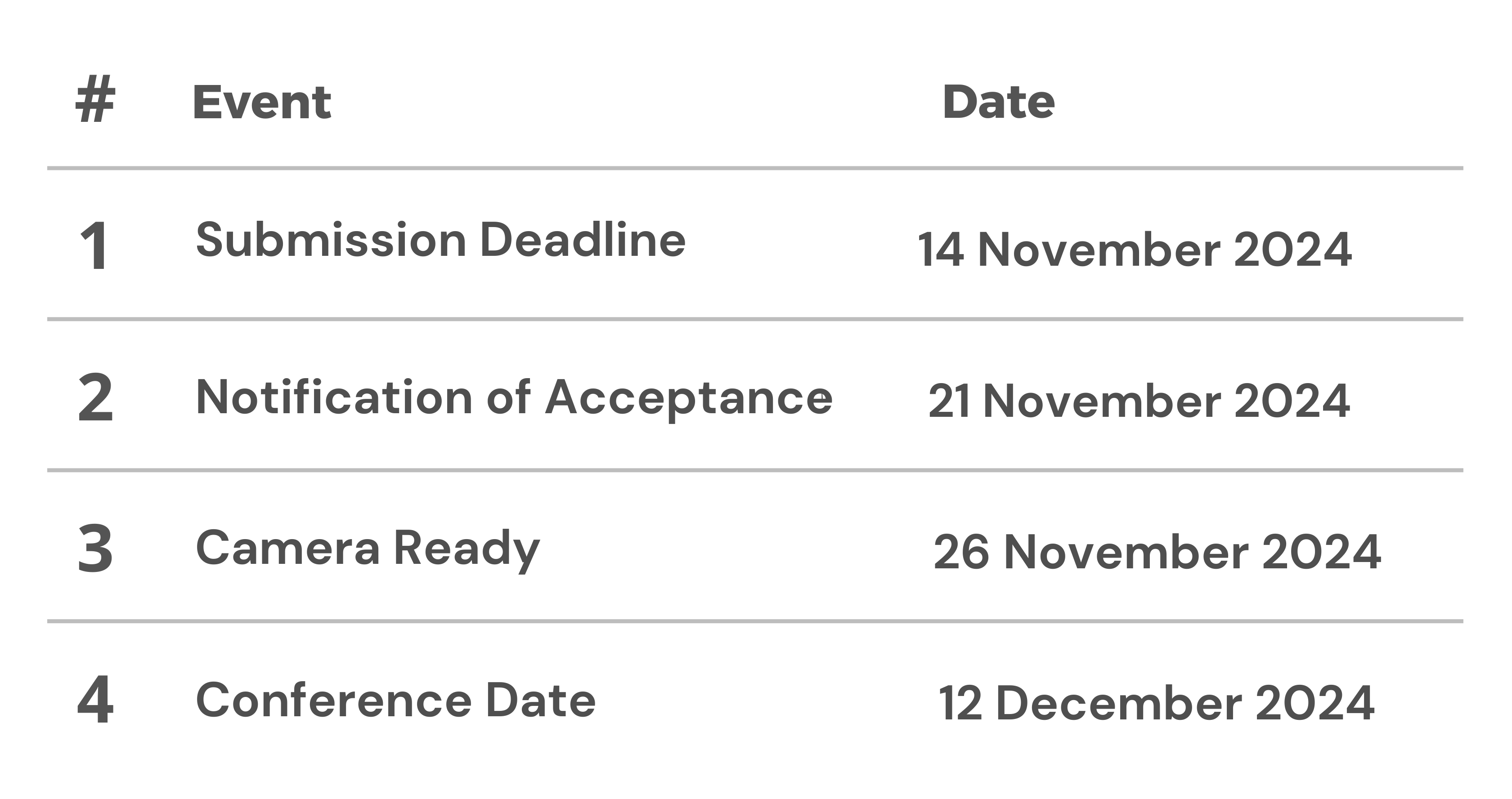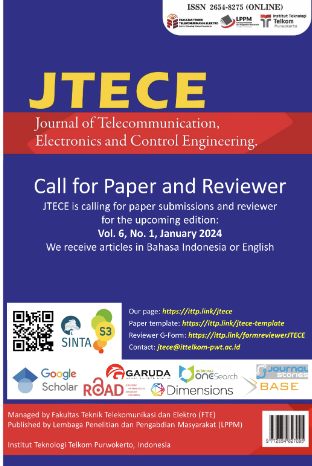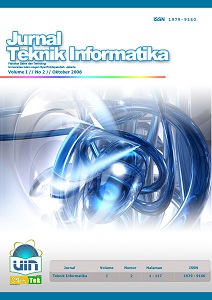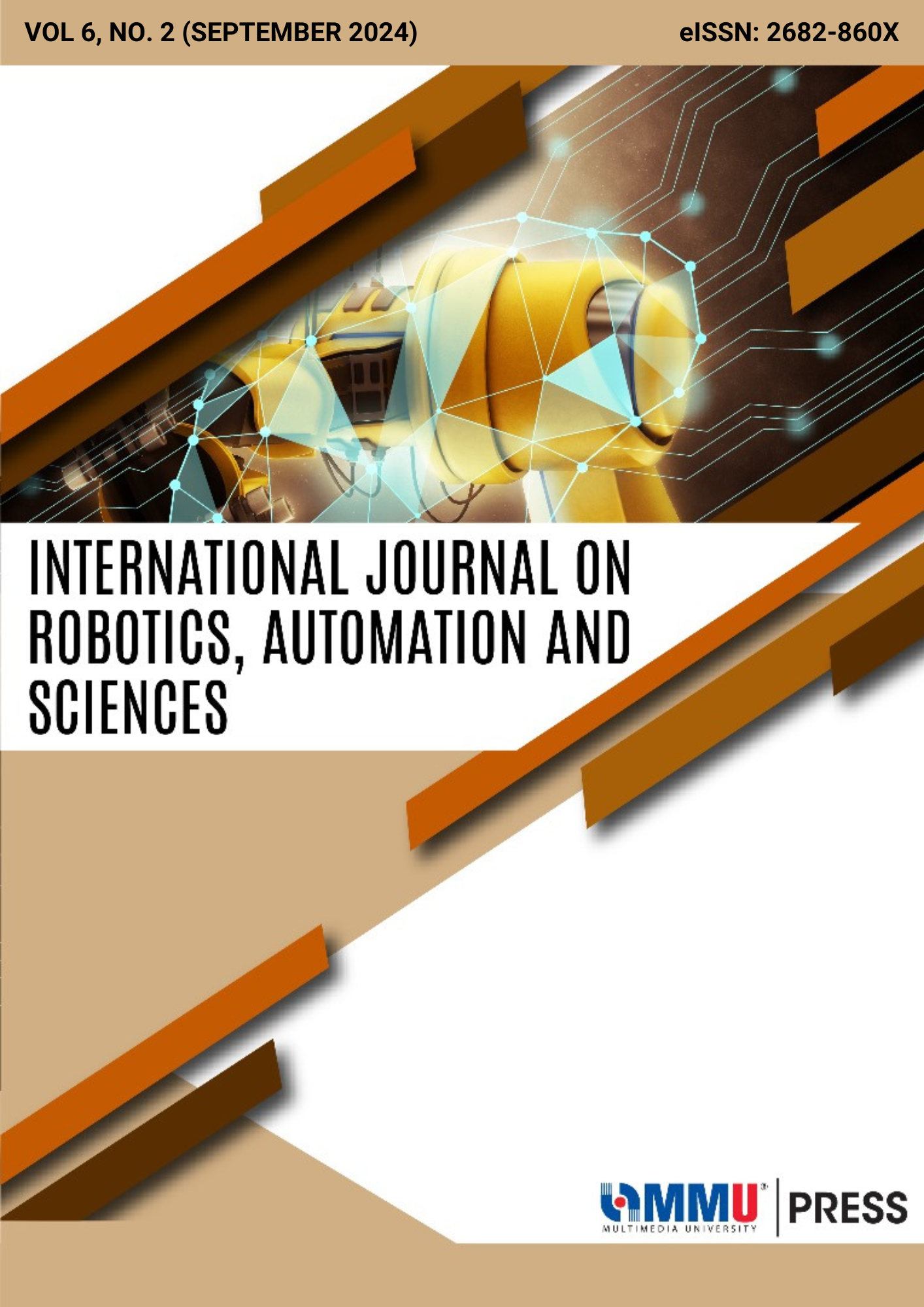Analysis of quality control of the final product of sarongs in the printing department using the seven tools method
Abstract
A product is of good quality provided that the product can meet standards and even exceed the standards set by the company in accordance with consumer desires. Quality control functions to reduce the number of defective products and ensure that the final product produced meets the company's quality standards and can pass inspection. Data processing was carried out using the seven tools method using several statistical tools. Primary data was obtained by observing and interviewing operators. Meanwhile, secondary data obtained from company archive data, analysis using scatter diagrams, shows that the relationship or correlation of data from production results and defective product data is more collected on the right side so that the data shows that there is a correlation or link between the amount of production and the number of defective products, which means that an increasing number of production will have an impact on an increasing number of defective products. Then, using a histogram, it was found that the defect that most frequently occurred in the printing process was the wrong motif, with the highest result being 10,248. Then, the next most frequently occurring defect was 5,537 fading, and the lowest defect was 3,495 fading. Then, by using the Pareto diagram, we obtained the types of product defects that often occur, namely 10,248 wrong motifs.
References
I. Revita, A. Suharto, and A. Izzudin, "Empirical Study of Product Quality Control in Convection Vieyuri Empirical Study of Quality Control in Convection Vieyuri," Bisnis-Net Journal of Economics and Business, vol. 4, no. 2, pp. 39–49, 2021, doi: 10.46576/bn. v4i2.1695.
H. Nastiti, "Analysis of Product Quality Control Using Statistical Quality Control Methods (Case Study: at PT 'X' Depok)," pp. 414–423.
Fadhlirrobbi, A. Sopiandi, L. Suliah, Savitri, and E. Sunarya, "Quality Control Analysis in Improving Product Quality (Case Study of the Azaki Tempe Production House)," JIP Research Innovation Journal, vol. 2, no. 10, pp. 3269–3272, 2022.
D. Rachmawaty, "Statistical Analysis of Quality Control (Sqc) on the Weight of a Beverage Product Produced by SMEs in Surabaya," vol. 4, no. 1, pp. 1–11, 2020.
Sulaeman, "Quality Control Analysis to Reduce Defects in Car Speedometer Products Using the QCC Method at PT INS," Definite Journal, vol. VIII, no. 1, pp. 71–95, 2014.
S. Sigma, "Quality Improvement in the 'Bakpia Pathok' Creative Industry Using the Six Sigma Method," IENACO National Seminar, 2017.
Lestiana Firdayanthi, Rachmawaty Dina, and Munang Aswan, “Minimizing Waste in the Welding Process of PT. X With the Lean Manufacturing Concept," Scientific Journal of Industrial Engineering, vol. 10, no. 1, pp. 48–56, 2022.
A. Nurholiq, O. Saryono, and I. Setiawan, "Quality Control Analysis in Improving Product Quality," Journal of Econology, vol. 6, no. 2, pp. 393–399, 2019, [Online]. Available: https://jurnal.unigal.ac.id/index.php/ekonologi/article/download/2983/2644
A. Putri and F. Dwi, "Quality Control of Avtur Products from Pertamina International Refinery RU IV Cilacap Using Statistical Process Control and Process Capability Analysis," vol. 16, no. 1, pp. 371–380, 2023.
A. Prasetyo, Lukmandono, and RM Dewi, "Quality Control in Spandek with The Application Of Six Sigma And Kaizen To Minimize Defective Products (Case Study: PT. ABC)," National Seminar on Applied Science and Technology, vol. IX, pp. 29–34, 2021.



